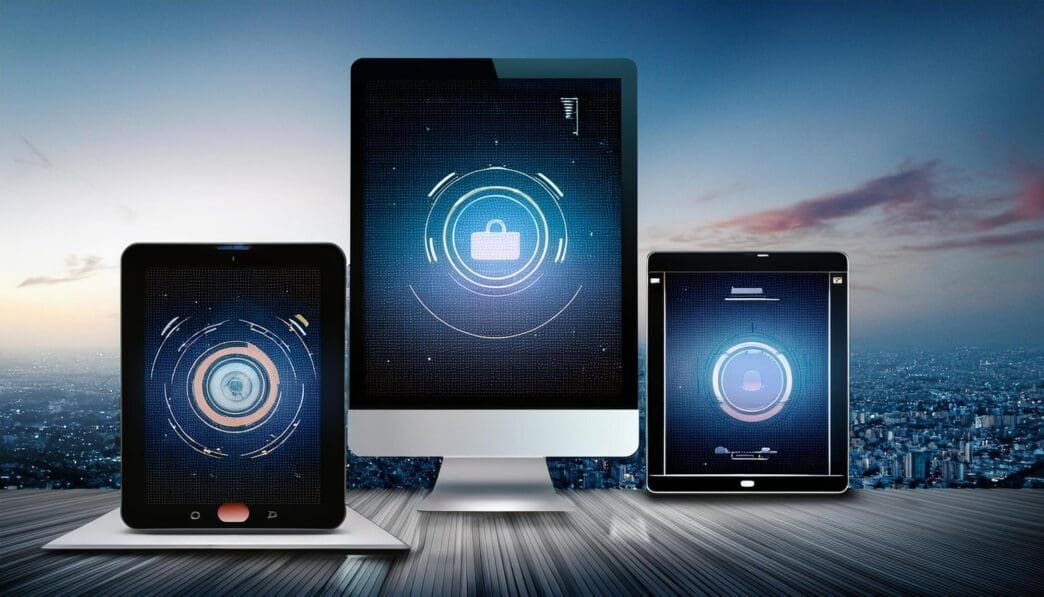Executive Summary
The Trajectory So Far
The Business Implication
Stakeholder Perspectives
As businesses increasingly integrate Internet of Things (IoT) devices into their operations, a critical new frontier for cybersecurity has emerged, demanding robust strategies to shield against pervasive mobile threats. Organizations face the complex challenge of securing an expanding ecosystem of interconnected devices, from industrial sensors to smart office equipment, which are often managed or accessed via mobile devices. This convergence creates unique vulnerabilities, making it imperative for enterprises to implement comprehensive security frameworks that address both IoT device weaknesses and the mobile vectors through which they can be exploited, safeguarding sensitive data and operational continuity.
Understanding the IoT-Mobile Threat Landscape
The Internet of Things encompasses billions of physical devices worldwide, all connected to the internet, collecting and sharing data. These devices range from consumer-grade smart home appliances to sophisticated industrial control systems. While offering immense benefits in efficiency and automation, their proliferation significantly expands a business’s attack surface.
Mobile threats, meanwhile, refer to malicious activities targeting smartphones, tablets, and other portable computing devices. These can include malware, phishing, unsecure public Wi-Fi access, and compromised apps. When these mobile devices are used to configure, monitor, or interact with IoT infrastructure, they become a critical bridge for threat actors.
The Unique Vulnerabilities of IoT Devices
IoT devices often present a unique set of security challenges compared to traditional IT assets. Many are designed for specific functions with limited processing power and memory, which can restrict the implementation of advanced security features. Default or weak credentials, unpatched firmware, and insecure network services are common vulnerabilities.
Furthermore, the lifecycle of IoT devices can be long, meaning they might operate for years without updates or support from manufacturers. This extended lifespan, coupled with their often remote or distributed nature, makes ongoing security management complex. Their sheer number also makes manual security oversight impractical, necessitating automated solutions.
How Mobile Devices Act as Entry Points
Mobile devices serve as powerful tools for accessing and managing IoT ecosystems, but they also represent significant potential entry points for attackers. An employee’s compromised smartphone, for instance, could provide a gateway to the company’s IoT network if it’s used to log into management consoles or interact directly with devices. Malicious apps on a mobile device might capture credentials or exploit vulnerabilities to gain unauthorized access.
Insecure mobile configurations, such as sideloaded apps or unencrypted communications, further amplify this risk. If a mobile device with access to IoT systems falls into the wrong hands or is compromised through a phishing attack, the entire IoT infrastructure could be exposed to data breaches, operational disruption, or even physical damage in industrial settings.
Key Strategies for Robust IoT Security
Protecting your business from the combined threat of IoT and mobile vulnerabilities requires a multi-layered, proactive approach. Implementing these strategies can significantly enhance your security posture.
Device-Level Security
Prioritize security at the individual IoT device level. This includes changing default passwords immediately upon deployment and enforcing strong, unique credentials for every device. Regularly apply firmware updates and patches to address known vulnerabilities, and disable any unnecessary ports or services.
Network Segmentation
Isolate IoT devices from your main corporate network using network segmentation. Create dedicated VLANs (Virtual Local Area Networks) or subnets for IoT devices, limiting their ability to communicate with critical business systems. This containment strategy prevents a compromised IoT device from spreading malware across your entire infrastructure.
Secure Connectivity and Protocols
Ensure all communications between IoT devices, mobile applications, and cloud services are encrypted. Utilize secure protocols like TLS/SSL for data in transit. Implement strong authentication mechanisms, such as multi-factor authentication (MFA), especially for mobile access to IoT management platforms.
Data Encryption (At Rest and In Transit)
Encrypt sensitive data both when it is stored on IoT devices (data at rest) and when it is being transmitted across networks (data in transit). This ensures that even if an attacker gains access to a device or intercepts communications, the data remains unreadable without the proper decryption keys.
Mobile Device Management (MDM) and Endpoint Security
Implement comprehensive Mobile Device Management (MDM) solutions to secure and manage all mobile devices used within your organization. MDM allows for remote wiping, app control, and enforcement of security policies. Couple this with endpoint security solutions on mobile devices to detect and prevent malware and other threats.
Regular Audits and Penetration Testing
Conduct regular security audits and penetration testing specifically targeting your IoT ecosystem and the mobile applications that interact with it. These assessments can identify weaknesses, misconfigurations, and potential attack vectors before malicious actors can exploit them. Treat IoT security as an ongoing process, not a one-time fix.
Employee Training and Awareness
Educate employees about the risks associated with IoT and mobile security. Train them on best practices for using company-issued mobile devices, identifying phishing attempts, and securely interacting with IoT systems. Human error remains a significant vulnerability, and awareness can mitigate many risks.
Supply Chain Security
Vet your IoT device manufacturers and suppliers thoroughly. Ensure they adhere to strong security practices throughout their product development lifecycle. Opt for devices from reputable vendors that offer ongoing security support and regular firmware updates.
Incident Response Planning
Develop a clear and actionable incident response plan specifically for IoT security breaches. This plan should outline steps for detection, containment, eradication, recovery, and post-incident analysis. Being prepared for a breach can significantly reduce its impact and recovery time.
Protecting Your Digital Edge
The convergence of IoT devices and mobile technology offers unprecedented opportunities for business innovation and efficiency. However, it also introduces sophisticated security challenges that demand a proactive and integrated defense strategy. By prioritizing device-level security, securing network access, implementing robust mobile device management, and fostering a culture of cybersecurity awareness, businesses can effectively shield their operations from evolving mobile threats and unlock the full potential of their IoT investments.








